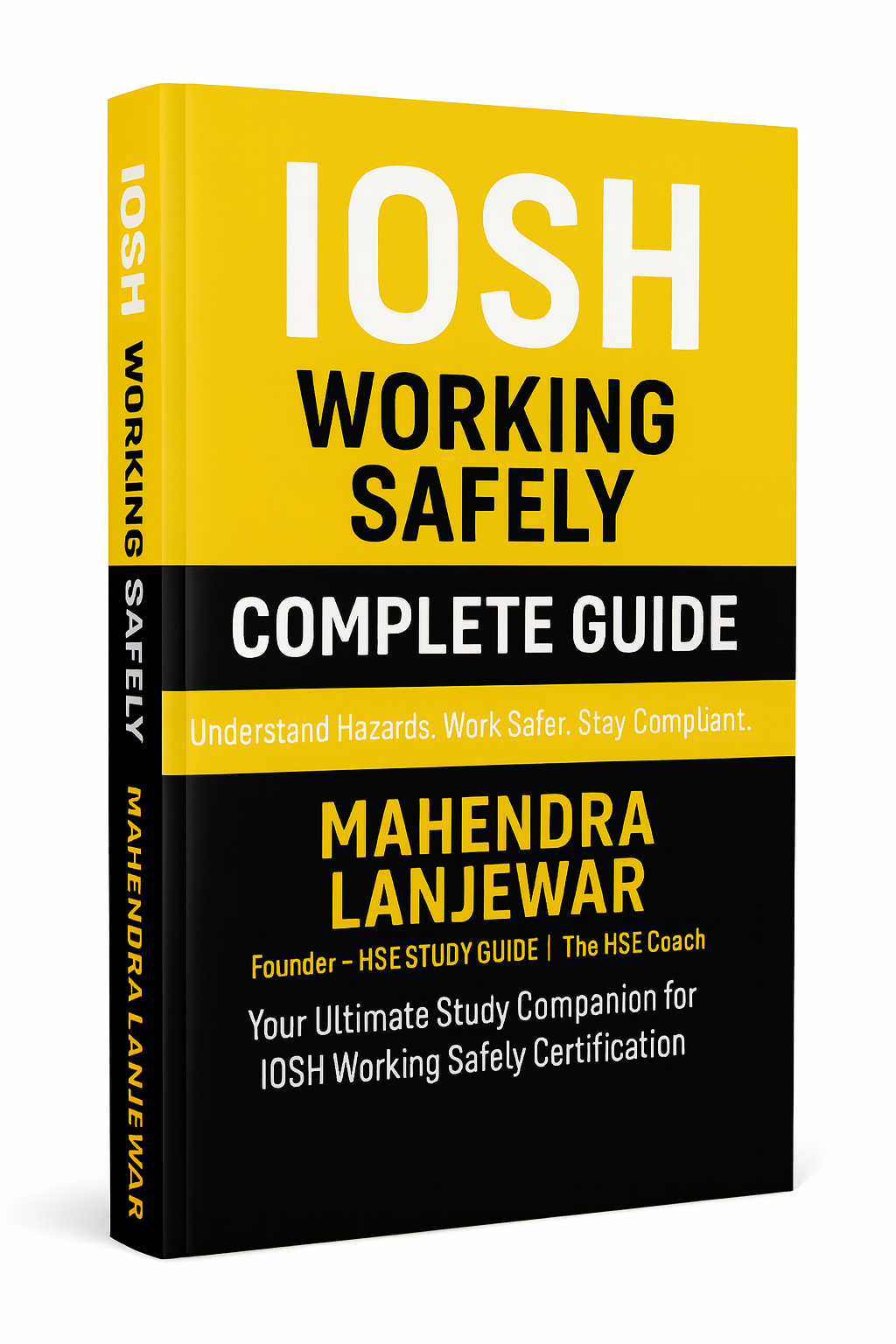
Introduction
If you’re aspiring to become a safety officer in ADNOC (Abu Dhabi National Oil Company), you’re on the right track to a rewarding career in ensuring workplace safety. ADNOC is committed to maintaining the highest standards of safety, and as such, they have specific procedures and guidelines in place for approving safety officers. This article will guide you through the process of obtaining ADNOC approval for the position of a safety officer, from understanding their safety regulations to the final appointment.
How to Get ADNOC Approval for Safety Officer
Understanding ADNOC Safety Regulations
Before you embark on your journey to become an ADNOC safety officer, it’s crucial to familiarize yourself with ADNOC’s safety regulations. These regulations govern the safety practices, procedures, and protocols within the organization. As a safety officer, you’ll play a vital role in upholding these regulations and ensuring compliance across all levels.
Educational Requirements for Safety Officers
ADNOC Approval for Safety Officer : To be eligible for ADNOC’s safety officer position, you must meet certain educational requirements. Typically, a bachelor’s degree in a relevant field such as Occupational Health and Safety, Engineering, or Environmental Science is preferred. Additionally, possessing relevant certifications will give you a competitive edge during the selection process.
Gaining Relevant Work Experience
Work experience is an essential aspect of your application. ADNOC seeks safety officers who have practical experience in the field. Prior work experience in safety management or related roles will demonstrate your ability to handle safety challenges effectively.
Obtaining Necessary Certifications
Certifications can significantly boost your chances of getting ADNOC’s approval as a safety officer. Some certifications that are highly regarded in the industry include NEBOSH (National Examination Board in Occupational Safety and Health), IOSH (Institution of Occupational Safety and Health), and OSHA (Occupational Safety and Health Administration) certifications.
Preparing Your Application
Your application is the first impression you make on ADNOC. Ensure that your resume highlights your educational qualifications, work experience, and certifications. Tailor your application to emphasize your commitment to safety and your ability to adhere to regulations.
Submitting Your Application to ADNOC
Once your application is ready, submit it through ADNOC’s official application portal or the designated channels. Make sure to follow the application guidelines and provide all required documents.
The Review Process
ADNOC’s review process involves a careful assessment of all applications received. They will evaluate your qualifications, experience, and certifications to determine your suitability for the safety officer position.
Interview and Evaluation
Shortlisted candidates will be invited for an interview and evaluation. During the interview, be prepared to showcase your knowledge of safety practices and your ability to handle safety-related challenges.
Training and Orientation
If you pass the interview, you may undergo training and orientation specific to ADNOC’s safety protocols. This training will equip you with the necessary knowledge to fulfill your role effectively.
Final Approval and Appointment
After successfully completing the interview and training, you’ll receive the final approval for the safety officer position. ADNOC will then proceed with your appointment.
Responsibilities of an ADNOC Safety Officer
As an ADNOC safety officer, your responsibilities will encompass a wide range of safety-related tasks. Some of these include conducting safety inspections, implementing safety programs, investigating incidents, and ensuring compliance with safety regulations.
The Importance of Safety in ADNOC
Safety is of utmost importance in ADNOC’s operations. A strong safety culture not only protects employees but also safeguards assets and enhances productivity. As a safety officer, your role will contribute to maintaining this safety culture.
Common Challenges and How to Overcome Them
Working as a safety officer comes with its own set of challenges. These may include dealing with non-compliance issues, navigating cultural differences, and managing emergencies. Staying updated with safety practices and effective communication can help overcome these challenges.
Conclusion
Becoming an ADNOC-approved safety officer is a fulfilling and crucial role within the organization. By adhering to ADNOC’s safety regulations, obtaining relevant qualifications, and demonstrating your commitment to safety, you can secure this esteemed position. Your dedication to safety will contribute significantly to ADNOC’s continued success.
FAQs
- Is a bachelor’s degree mandatory to become an ADNOC safety officer? While a bachelor’s degree is preferred, ADNOC may consider candidates with relevant work experience and certifications.
- What certifications are highly regarded by ADNOC? NEBOSH, IOSH, and OSHA certifications are highly regarded in the industry and can strengthen your application.
- How can I showcase my commitment to safety in my application? Highlight your past experiences in safety-related roles and mention any safety initiatives you’ve led or contributed to.
- What role does safety play in ADNOC’s operations? Safety is a top priority for ADNOC, as it ensures the well-being of employees, protects assets, and enhances productivity.
- What are some common challenges faced by ADNOC safety officers? Challenges may include handling non-compliance, addressing cultural differences, and managing emergencies, among others.






















I need approval for adnoc HSE